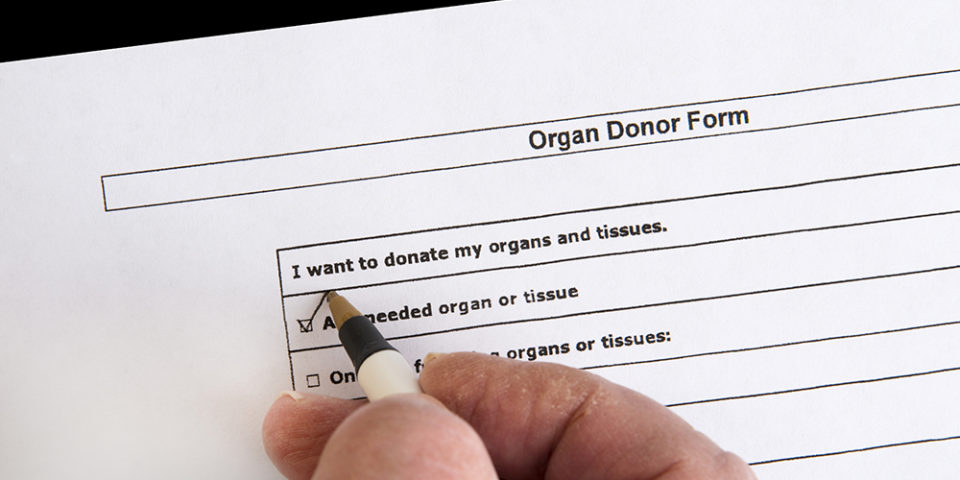Why organ donation is important
About 114,000 people in the United States are currently on the waiting list to receive a lifesaving organ and, on average, 20 people die every day due to the lack of available organs for transplant.
Critical care surgeon John Cull, MD, said the biggest obstacle for an organ transplant is getting people to register to be an organ donor. “Just one donor has the potential to impact the lives of more than 75 people,” he said. “Organ donation can also help the donor family with the grieving process knowing that their loved one is helping save the lives of others.”
Dr. Cull shared what you need to know about organ donation.
What are the types of organ donation?
There are two types of organ donation: deceased organ donation and living organ donation. Deceased organ donation occurs after the donor’s death. In living organ donation, transplant recipients receive their organ from a living donor.
Organs that can be donated include heart, lungs, kidney, liver, intestines, pancreas, cornea and tissues. Tissues such as skin, bone and heart valves can also be donated.
How does the organ donation process work?
In the case of deceased organ donation, a person who has suffered a devastating brain injury is placed on life support. Doctors work hard to save every patient’s life; however, sometimes there is an irreversible loss of brain function. When the patient has an irreversible loss of brain function, the patient is declared legally dead.
The hospital contacts the organ procurement organization. The organ procurement organization then checks to determine if the patient was registered as a donor. If the patient was not registered to be a donor, a liaison from the organ procurement organization will discuss organ donation with the family to determine if the patient would have wanted to be an organ donor. If the family chooses for the patient to become an organ donor, a national system then matches the patient’s available organs with people on the transplant waiting list.
Once a match is found, the transplant recipient will be contacted by their transplant team. Organs are respectively recovered from the donor and sent to hospitals for transplantation.
There are several types of living donation:
- In directed donation, the donor specifically names the person who they are donating their organ to such as a biological relative (brother, sister, parent, adult child) or those who are not biologically related, such as a spouse, significant other, friend or coworker.
- In non-directed donation, the living donor is not related and doesn’t know the recipient. Sometimes, when attempting to perform a directed donation, the donor and recipient do not have similar blood types. To get a better “match” for a kidney they take part in what is called a paired donation (also called a paired kidney exchange).
- In a paired donation, two transplant recipients will trade their donor’s kidneys so that each candidate will receive a kidney from a compatible blood type.
In order to donate, living donors will need to be in overall good physical and mental health.
How do you register to become an organ donor?
In South Carolina, you may register by filling out an online form at donatelifesc.org/registration or by visiting your South Carolina DMV to obtain a donor designation on your driver’s license.
To become a living donor, you will need to discuss options directly with a surgeon at a transplant center.
Get your transplant questions answered
Learn more about Prisma Health’s Transplant Center, located in upstate South Carolina.
Learn More About Transplant Services

